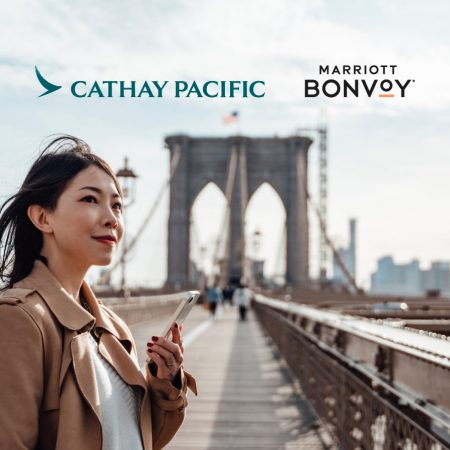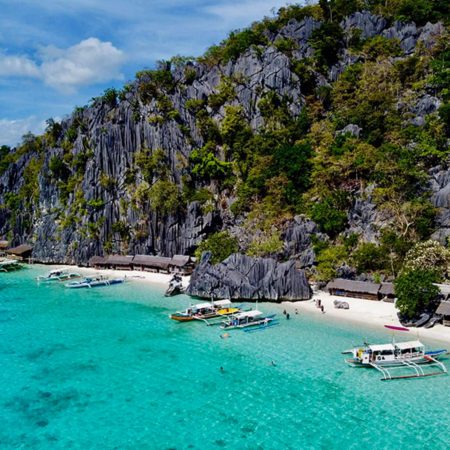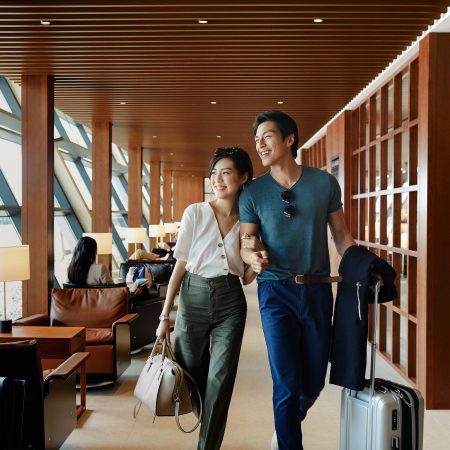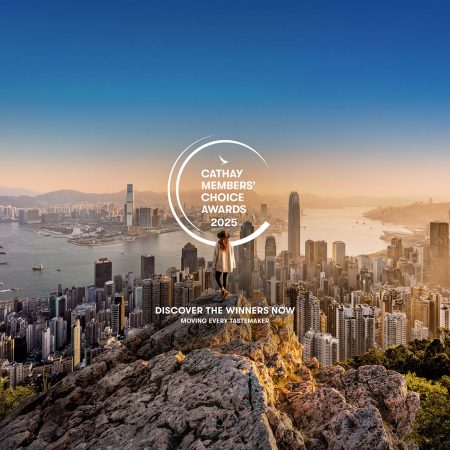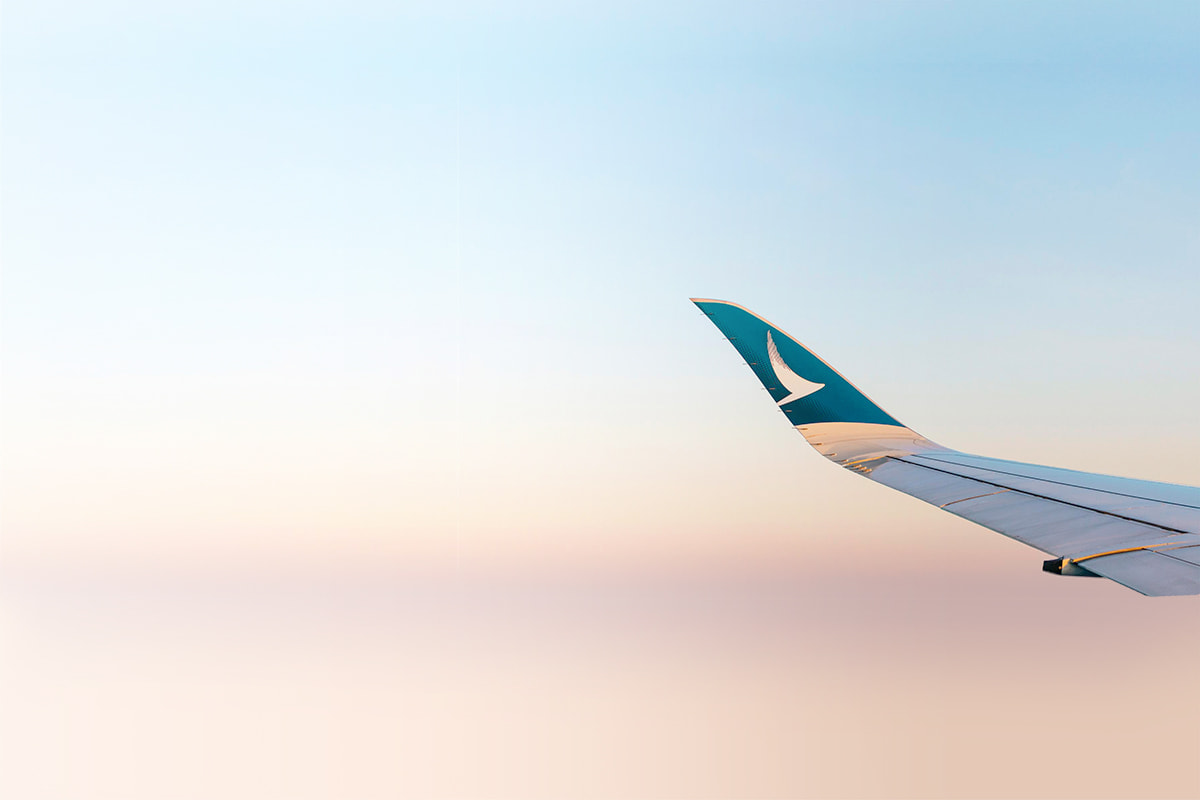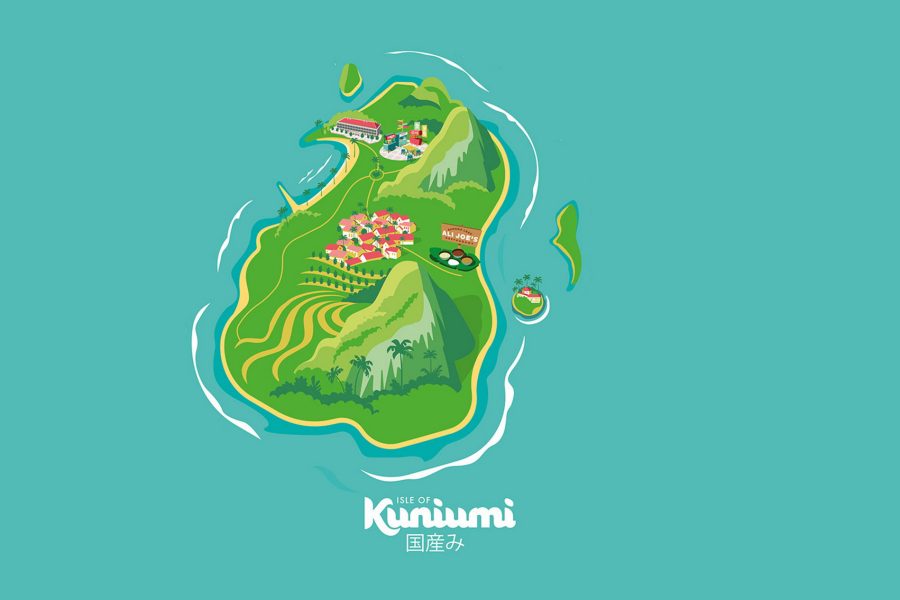Thanks in part to the tectonic plate tango, there’s a plethora of islands in Asia. More than 17,000 in Indonesia, nearly 7,000 in Japan – even Hong Kong counts some 263. But what if there was just one more? One that combined the best what the continent has to offer… and a bit more. Call it Kuniumi, named for the creation myth behind the islands of Japan. Let the term encompass the inhabitants, the local currency and patois, and the sense of fun and relaxation that Thais call sabai and sanuk.
Kuniumi was conjured up more with regard to fantasy than geography, imbued with a relaxed attitude to the foreign concept of deadlines and a natural inclination to hospitality. The balmy climate and crystal-clear skies barely do justice to the calm waters offshore, and weather forecasters on Radio Kuniumi sometimes resort to playing their favourite tunes for a bit of variation.
To start: any weary traveller needs a bed for the night, and Taprobane Island – built in the 1920s by an eccentric aristocrat, perched on its own islet south of Galle, Sri Lanka – provides the template. Kuniumi’s version borrows the name and the unconventional setting and adds its own garnish: guests are relieved of their shoes on arrival; menus are dictated by whatever is freshest in the morning market; television is an unknown quantity and the library is full to bursting.
Kuniumi isn’t a single island, mind you, but the largest of a bonsai archipelago; the others (nobody has bothered to do an exact count) bear comparison with Mergui, which dots the southwest coast of Myanmar. A poster in the window of Kuniumi’s tourism information kiosk (closed since the manager emigrated, absent-mindedly taking the keys) sings the glories of engaging a long-tail boat – inspired by Krabi’s signature craft – and diving through academies of Napoleon wrasse, turtles, tuna, blue-fin trevally and myriad other sea life.
Kuniumi’s main harbour is not so much a port as a rendez-vous, anchored by a sinuous boulevard, shaded by centuries-old banyans – not unlike the corniche at Manado, on the northern tip of Sulawesi, with the sort of other-worldly ambience echoed by Giorgio de Chirico’s painting The Enigma of the Arrival and the Afternoon. Residents gravitate here just before dusk, revelling in the cool of the evening, trading a little gossip and picking up a snack or two. Kuniumi’s famed chicken satay hawkers pride themselves on out-grilling any of their counterparts in Indonesia or the Malay Peninsula, while vendors also serve up Kuniumi Pud, a fruity frozen dessert similar to the Filipino halo-halo and Japanese mitsumame.
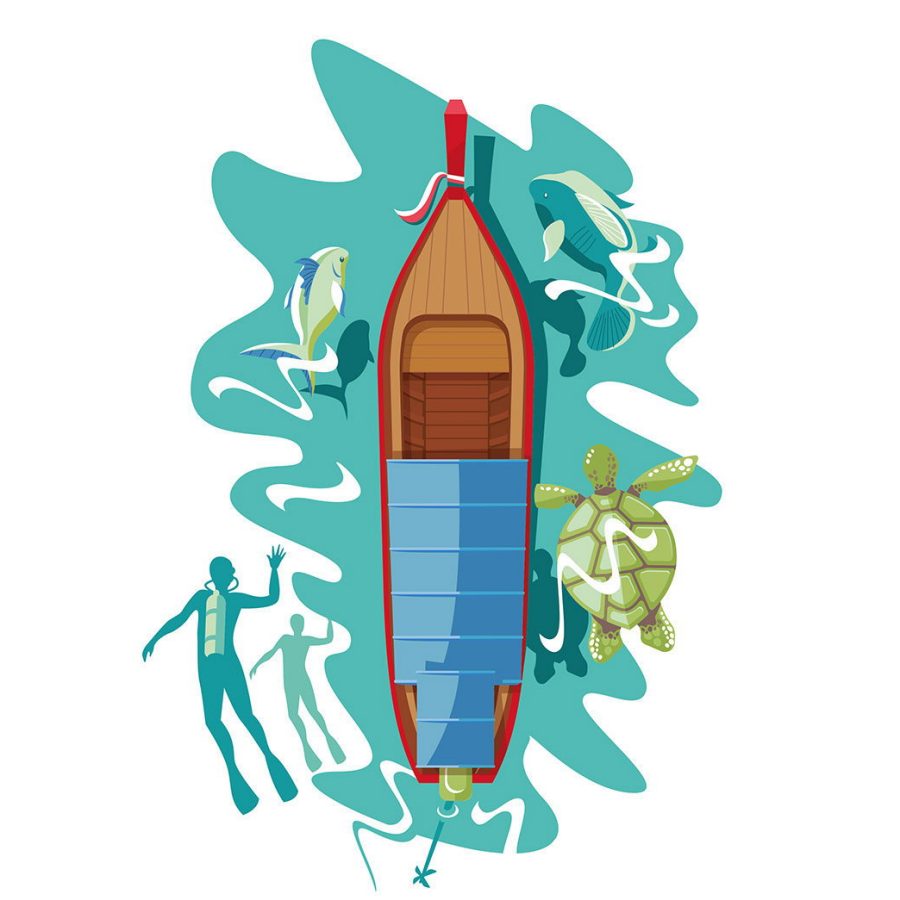
Illustration: Remko Heemskerk
Set a little further inland, Murray House – teleported from its seaside home in Hong Kong’s Stanley – does duty as Kuniumi’s market. Its heavy granite walls and Doric and Ionic columns are graced by broad verandahs where traders lay out their merchandise. Whether it’s an Indonesian-style wood carving, the sort of gaily patterned longyi� that adorns both sexes in Myanmar or celadon pottery from Korea, buy-and-sell is an entertaining ritual rather than a chore. A small cup of coffee brewed from beans grown in Laos is served automatically, and the two parties then settle down to a courteously adumbrated bargaining session. It’s a purely academic exercise, as buyer and seller both know they’ll settle on roughly three-quarters of the initial suggested price.
The market abuts the main hawker centre. A carbon (but even tastier) copy of the one on Gurney Drive, Penang, its sides are wide open to marine breezes and panoramas. Every chef is a celebrity here, conjuring up his or her take on Indian biryani, Vietnamese pho, Korean kimchi and Indonesian nasi goreng. Most seats at the long communal tables are taken not long after sunrise, with diners gabbling and gulping – talking with your mouth full raises no eyebrows – in their own version of the dawn chorus.
Inland, the town stretches away in a tumble of low-rise houses: some thatched, some fancifully named after birds or fish following the custom in the Maldivian capital of Malé. Most are home to at least three generations, who lavish food on the amiable posse of multicultural dogs that run about the shady streets and lanes – patrolled by itinerant barbers and hawkers bearing bamboo baskets and various household knick-knacks – without bothering with the complications of ownership.
There’s a fleet of cycle rickshaws for getting about, although their pilots have a tendency to suggest stopping for a rest and a natter to punctuate longer journeys. After a few furlongs (the islands consider the metric system overly bossy), houses give way to paddy fields and orchards, and then the terrain rises into the sort of gentle wooded hills that bestride much of the New Territories in Hong Kong. Foreign visitors who set out on day-long hikes are assumed to be performing a penance of some sort, and are treated to gentle commiserations on their return.
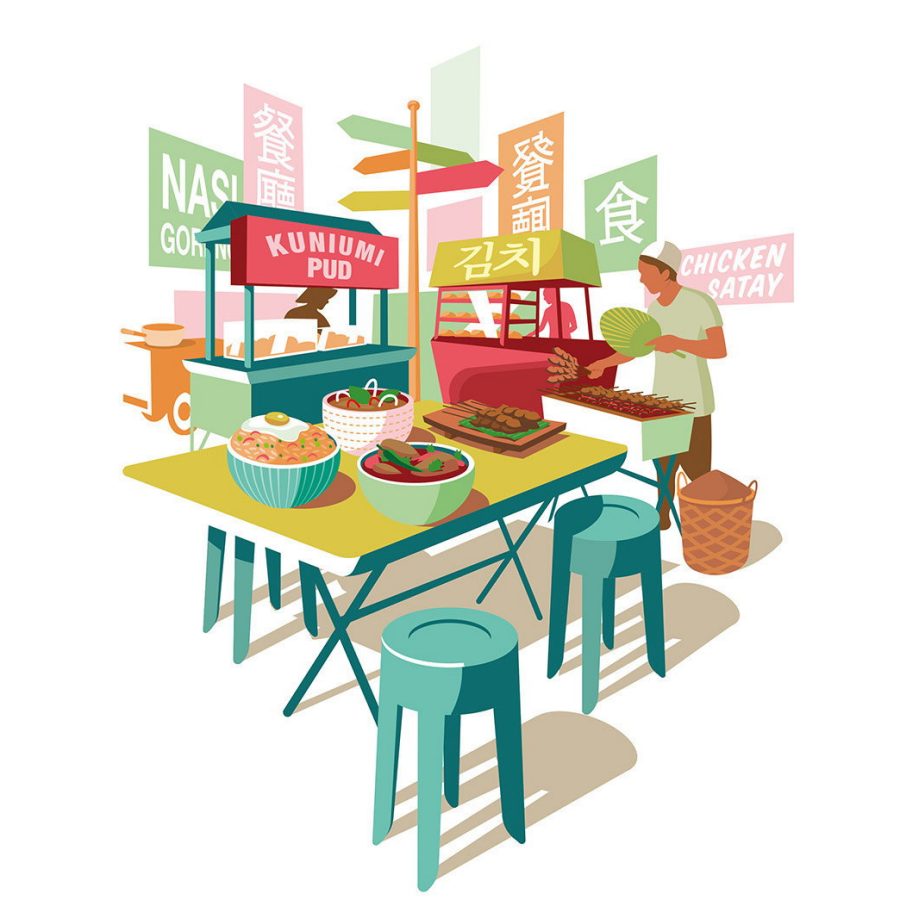
Illustration: Remko Heemskerk
The concept of three square meals a day is anathema to Kuniumis, who tend to eat when the mood takes them, which is frequently. The hawker centre is by no means the only choice. At Ali Joe’s Banana Leaf Restaurant – or the culinary clone of the eponymous restaurant that used to be in Kota Kinabalu, Malaysia – patrons are greeted with the same cheery nonchalance that characterised the original, and served rice and explosive fish curries from galvanised buckets. There’s nothing so superfluous as china plates or chopsticks: it tastes better when eaten with the fingers. And like everywhere here, the bill only comes to a handful of Kuniumis. Tipping is regarded as a risible faux pas.
The cafe owner who imported some expensive hi-fi equipment in the late 1980s is still called His Royal Karaokeness, though not to his face. Popular entertainment includes troupes of single women dancing the Cambodian robam neary chea chuor, while chaps claim they were dancing the rodat long before anyone in Malaysia got hold of it, and more skilfully, too. A much-revered missionary, who not only went native but did so with alacrity and a gorgeous 21-year-old, left behind a passion for community singing which is indulged in at Christmas, Eid, Holi and many other festivals whose secular side has been enthusiastically adopted by Kuniumis.
Most people here speak English, or are at least reasonably fluent in sign language. Kuniumis greet and farewell each other with a loan word from Hindi – namaste: that is, ‘I bow to the spirit within you’, but without pressing their palms together. Pop gun mai – ‘see you later’ in Thai – is popular with the younger generation, as is the term kawaii – ‘cute’ in Japanese. There are local inventions, too, which offer an insight into the Kuniumian soul. Fassfud, a conflation of fast food, is a universal term of approbation or disbelief, employed to upbraid mischievous children and frequently heard in bar room banter. Used in anger, it’s the single curse known to peaceful, lovable, fanciful Kuniumi. A perfect island, inspired by a perfect continent.
Hero image: Remko Heemskerk
More inspiration
- China – the Chinese Mainland, Hong Kong SAR, Macao SAR and Taiwan Region
- Hong Kong SAR - English
- Chinese Mainland (China) - English
- Taiwan, China - English
- 香港特別行政區 - 繁體中文
- 中国內地 - 简体中文
- 中國台灣 - 繁體中文
- Africa
- South Africa - English
- Asia
- Bangladesh - English
- Korea - English
- Singapore - English
- Cambodia - English
- 한국 - 한국어
- Sri Lanka - English
- India - English
- Malaysia - English
- Thailand - English
- Indonesia - English
- Maldives - English
- ประเทศไทย - ภาษาไทย
- Indonesia - Bahasa Indonesia
- Myanmar - English
- Vietnam - English
- Japan - English
- Nepal - English
- Việt Nam - tiếng Việt
- 日本 - 日本語
- Philippines - English
- Australasia
- Australia - English
- New Zealand - English
